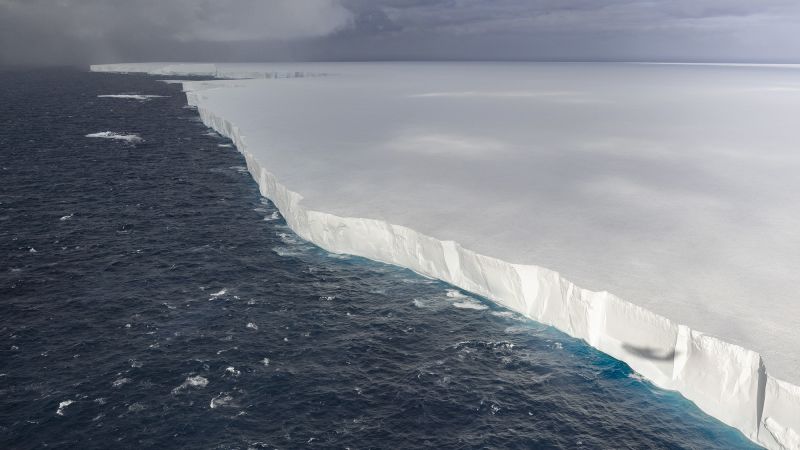The A23A iceberg, once the world’s largest, is rapidly disintegrating into large chunks, as reported by the British Antarctic Survey (BAS). Weighing nearly 1 trillion tons and covering 3,672 square kilometers, it has long been monitored since its calving from Antarctica’s Firn Ronmeiself in 1986. Previously recognized as the largest current iceberg, its recent breakup has been attributed to various ocean currents and environmental factors.
BAS oceanographer Andrew Meijers noted that A23A is shrinking to about 1,700 square kilometers. After being grounded for over 30 years, it began to break up due to powerful currents, and its fragments are moving northeast. The D15A iceberg, now the largest, measures around 3,000 square kilometers.
Meijers indicated that A23A’s rapid fragmentation is likely to continue due to warming water temperatures and the arrival of spring in the Southern Hemisphere, emphasizing that icebergs are naturally formed but are becoming more frequent due to climate change. The recent grounding of A23A has potentially significant impacts on the marine environment, contributing to the understanding of ice loss in Antarctica linked to human-induced climate change.
Source link


